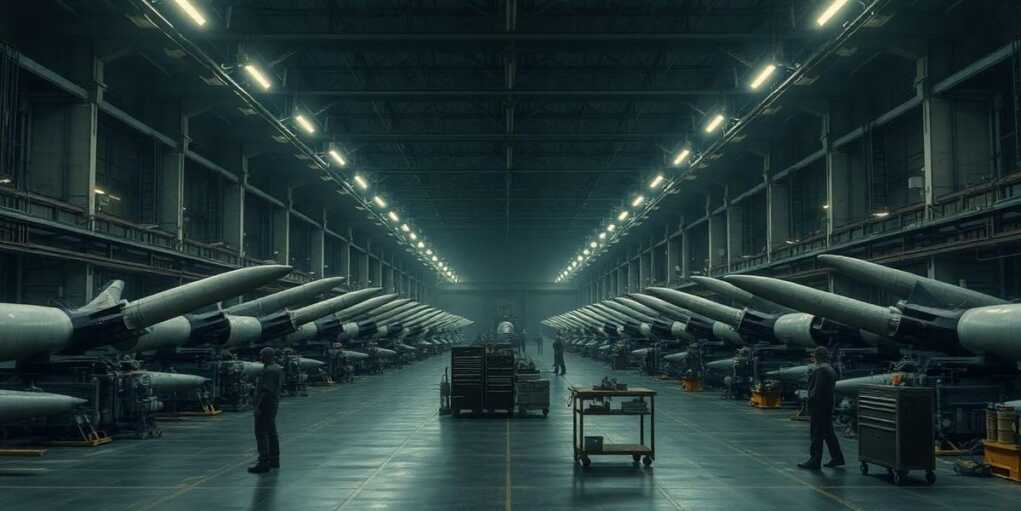Exposed: Why America Is More Vulnerable Than Ever

America’s defense supply lines are reaching a dangerous low point as global conflicts stretch U.S. manufacturing and domestic strikes stall production. What began as a quiet shortage has now become a national security concern.
During a recent visit to the White House, Ukrainian President Volodymyr Zelenskyy pressed President Donald Trump to approve Tomahawk missile transfers for Ukraine’s fight against Russia. Trump refused, making it clear that the United States could not continue carrying the full burden of foreign wars.
He told Zelenskyy the decision was “beyond the money,” reminding him that the European Union should take greater responsibility for its own neighborhood. The moment underscored Trump’s long-standing demand for fairness in defense partnerships — a theme he championed both before and after returning to office.
America’s military resources, once considered limitless, are now strained under the pressure of global commitments. The surge in ammunition and missile production over the past few years has collided with labor unrest at key defense plants. Thousands of skilled workers in facilities tied to Lockheed Martin and Raytheon have walked off the job, demanding higher pay and better working conditions.
As these strikes continue, the pace of weapons manufacturing has slowed sharply. Production of precision munitions, long-range artillery shells, and air defense interceptors has dropped, leaving Pentagon planners scrambling to balance U.S. needs with the growing list of international requests.
Military analysts warn that America’s stockpile of critical weapons — from guided rockets to cruise missiles — has fallen to levels not seen in decades. With the U.S. providing military aid to multiple allies while maintaining its own global commitments, the gap between production and demand keeps widening.
Defense insiders say the slowdown could threaten readiness at home. Senior officials at the Pentagon have privately expressed concern that the U.S. might struggle to sustain a prolonged conflict if one were to erupt in the Pacific or Middle East. The combination of worker strikes, aging facilities, and global demand has turned a long-standing challenge into a pressing crisis.
Meanwhile, Trump has insisted that his administration’s focus must remain on strengthening American readiness first. He has repeatedly argued that allies in Europe and Asia must contribute more to their own defense.
His firm stance on Ukraine reflects that broader principle. The message was clear — America cannot be expected to endlessly fund wars that other nations are capable of managing themselves. Trump’s advisers say his decision was not only about costs but about forcing NATO and EU leaders to step up after years of relying on U.S. taxpayers.
Even as critics accuse Trump of scaling back global commitments, his supporters see his actions as a necessary correction after decades of overspending and overextension. “It’s not isolationism,” one senior administration official said privately. “It’s realism.”
That realism now faces its greatest test. With factories operating below capacity and raw materials running short, defense contractors are struggling to fill back orders. The administration has begun exploring emergency measures to ramp up domestic arms production, including redirecting funds and cutting through regulatory barriers that have slowed expansion.
Still, the challenges remain steep. Restoring America’s weapons stockpiles to full strength could take years — and that’s if production returns to normal soon.
The warning signs are impossible to ignore. The world is becoming more dangerous, and America’s industrial foundation is under stress. Trump’s refusal to bow to foreign pressure may have shocked some allies, but his position reflects a growing reality: the U.S. must protect its own strength before it can protect anyone else.

